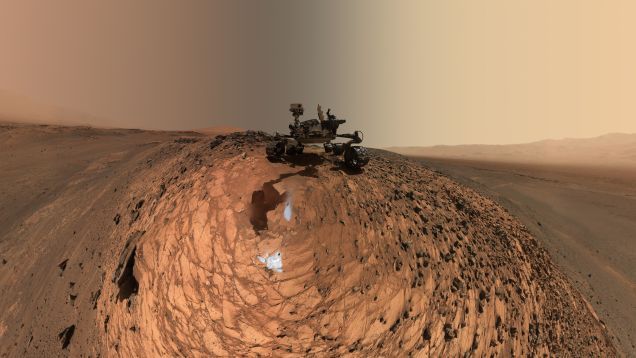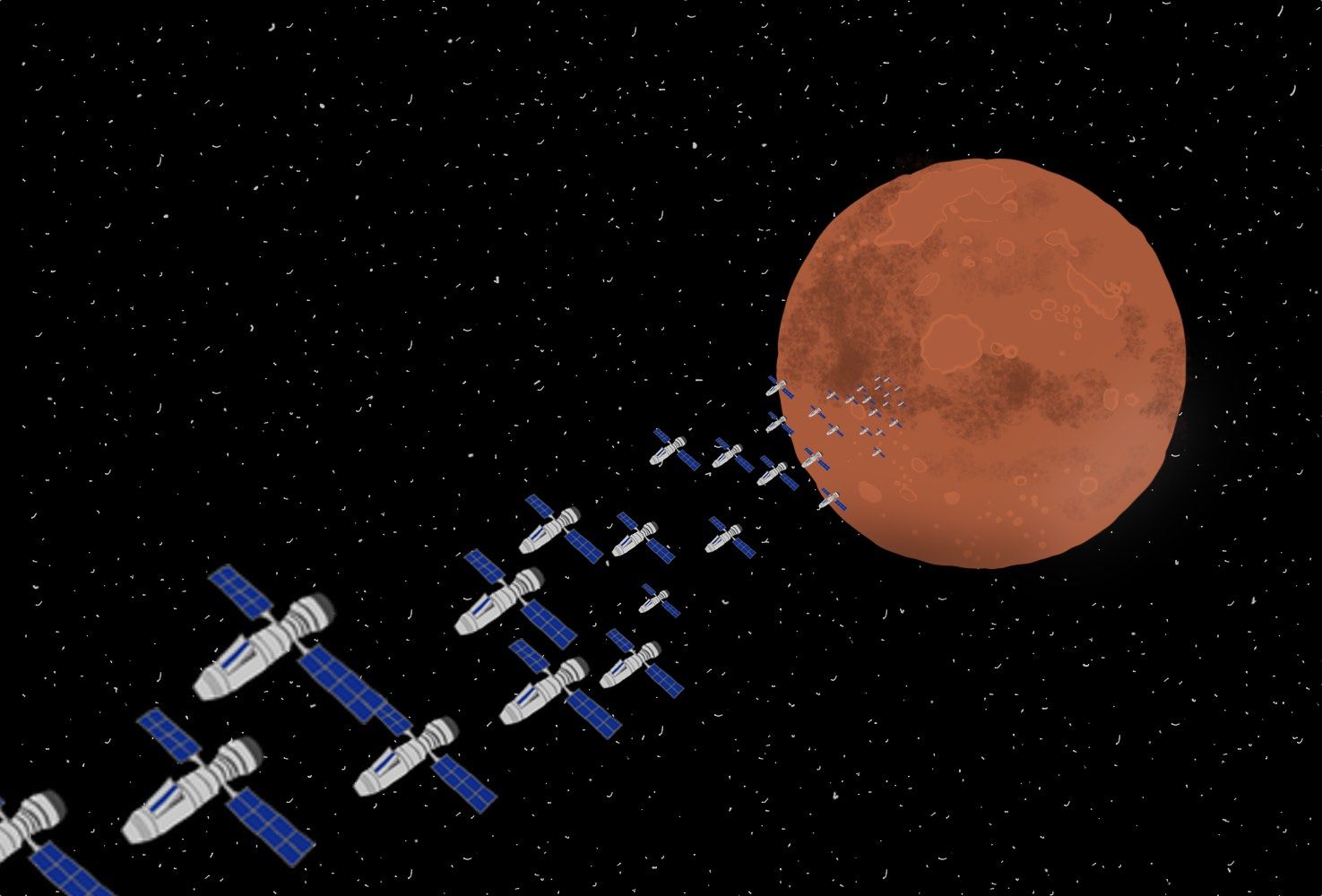Aug 19, 2015
This Is the Curiosity Rover’s Newest Selfie—and There’s Something Unusual About It
Posted by Sean Brazell in categories: robotics/AI, space
The Curiosity rover has snapped a brand new self-portrait and, like any good newbie selfie-taker, it’s figuring out its best angles—not only to show itself off, but also to show us something new about the Martian landscape it lives on.
This newest selfie was made, like the others, by stitching together panoramic shots from the rover’s Mars Hand Lens Imager. But by dropping to a low-camera angle and not an overhand shot like before, we’re suddenly able to see the full surrounding horizon. Essentially, we’re seeing not just Curiosity in this selfie; we’re also seeing what Curiosity sees. That view becomes even more pronounced in this second version of the selfie, this one with the horizon wrapped entirely around the robot:






 Long time ago I was wondering why not to use drones (
Long time ago I was wondering why not to use drones (









